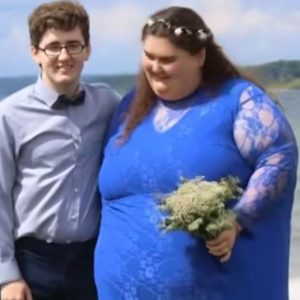Rare Black Canada Lynx Spotted and Documented for the First Time
The Canada Lynx, or Lynx canadensis, is a distinctive species of lynx found in North America, primarily in Canada and certain regions of the United States. Normally featuring a coat of light brownish-grey fur, occasional sightings of black-furred individuals have been reported, but never before caught on camera — until 2022.
A Historic Capture
In a landmark event, an individual fortuitously managed to capture on camera this elusive and unique variant of the Canada Lynx. The elusive creature was photographed by a researcher at the University of Alberta, Canada, while Thomas Jung, a Government of Yukon employee, took a video of the animal on his cell phone.
This remarkable discovery was then documented in an article titled “Paint it black: first record of melanism in Canada lynx (Lynx canadensis),” published in the scientific journal, Mammalia.
A Serendipitous Sighting in Yukon
The video, captured in a rural residential area close to the town of Whitehorse, Yukon, depicts the lynx from a distance of approximately 50 meters. Showing typical lynx behavior, the animal maintained its distance, not disturbing anything or anyone nearby. Alerted by the barking of a dog, the lynx eventually retreated into the surroundings.
Jung describes the lynx’s appearance: “It had a black coat containing whitish gray guard hairs throughout, as well as whitish gray hairs in the facial ruff and the rostrum and dorsal regions.”
Significance of Coat Color Variations
Most Canada Lynx exhibit similar coloring, with their fur typically turning silvery grey in winter and reddish-brown in summer. The lynx captured in the video, therefore, represents an extraordinarily rare variation in coat color.

Such variations, according to Jung, can be either adaptive or maladaptive, offering evolutionary benefits or disadvantages respectively. The question of whether melanism — the development of dark-colored pigment — is advantageous or disadvantageous remains unanswered.
However, Jung proposes that for the lynx, the trait could potentially be maladaptive, as its darker fur would likely stand out against the snow during its winter hunting trips, disrupting its necessary camouflage.
Capture of a Lifetime
The recording of such a unique variant of the Canada Lynx marks a significant event in wildlife documentation. It highlights the importance of ongoing research in understanding species’ adaptations and the potential evolutionary implications of such traits.
We are fascinated by this unique creature’s capture on camera. Share your thoughts in the comments below!


